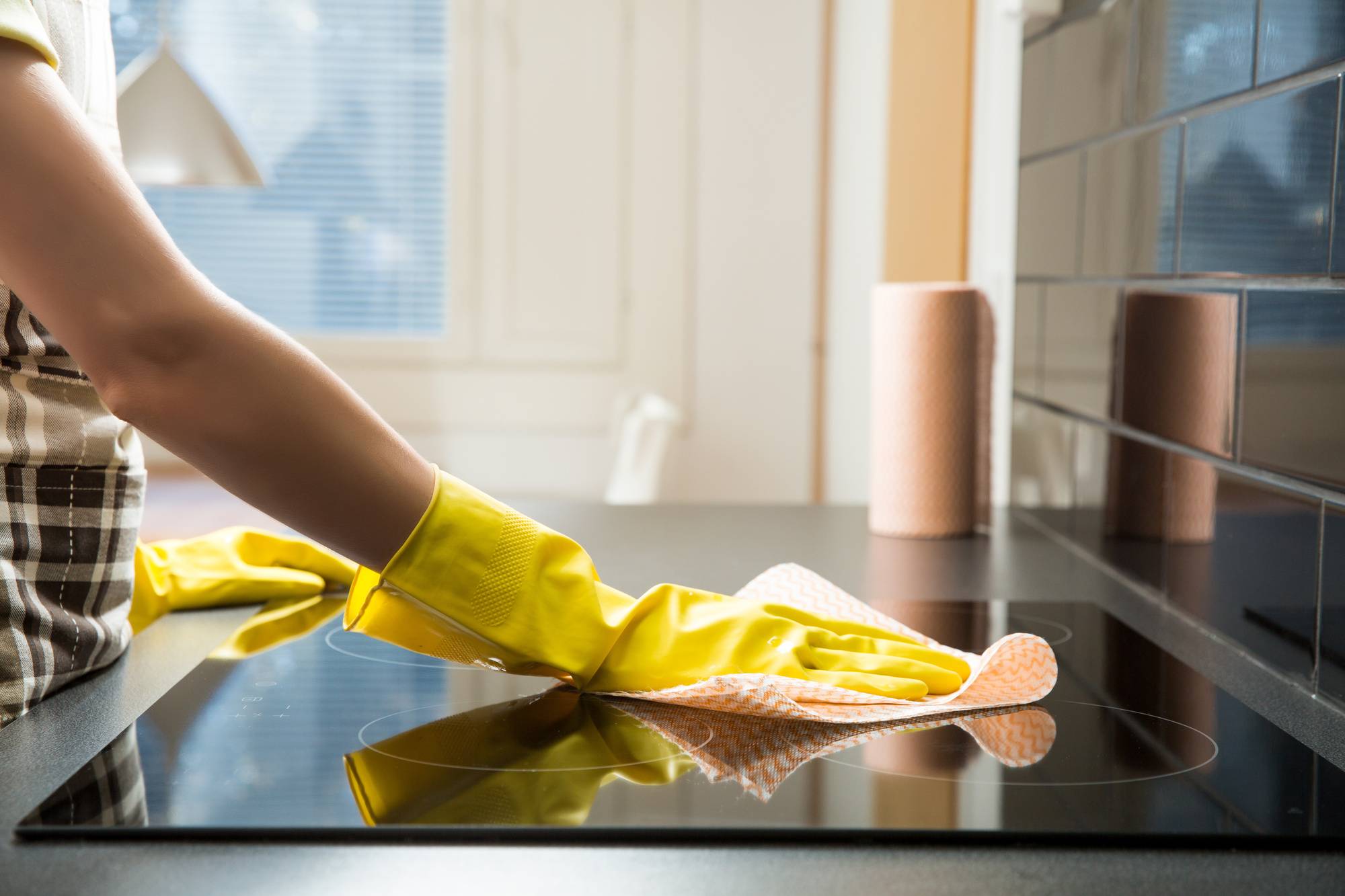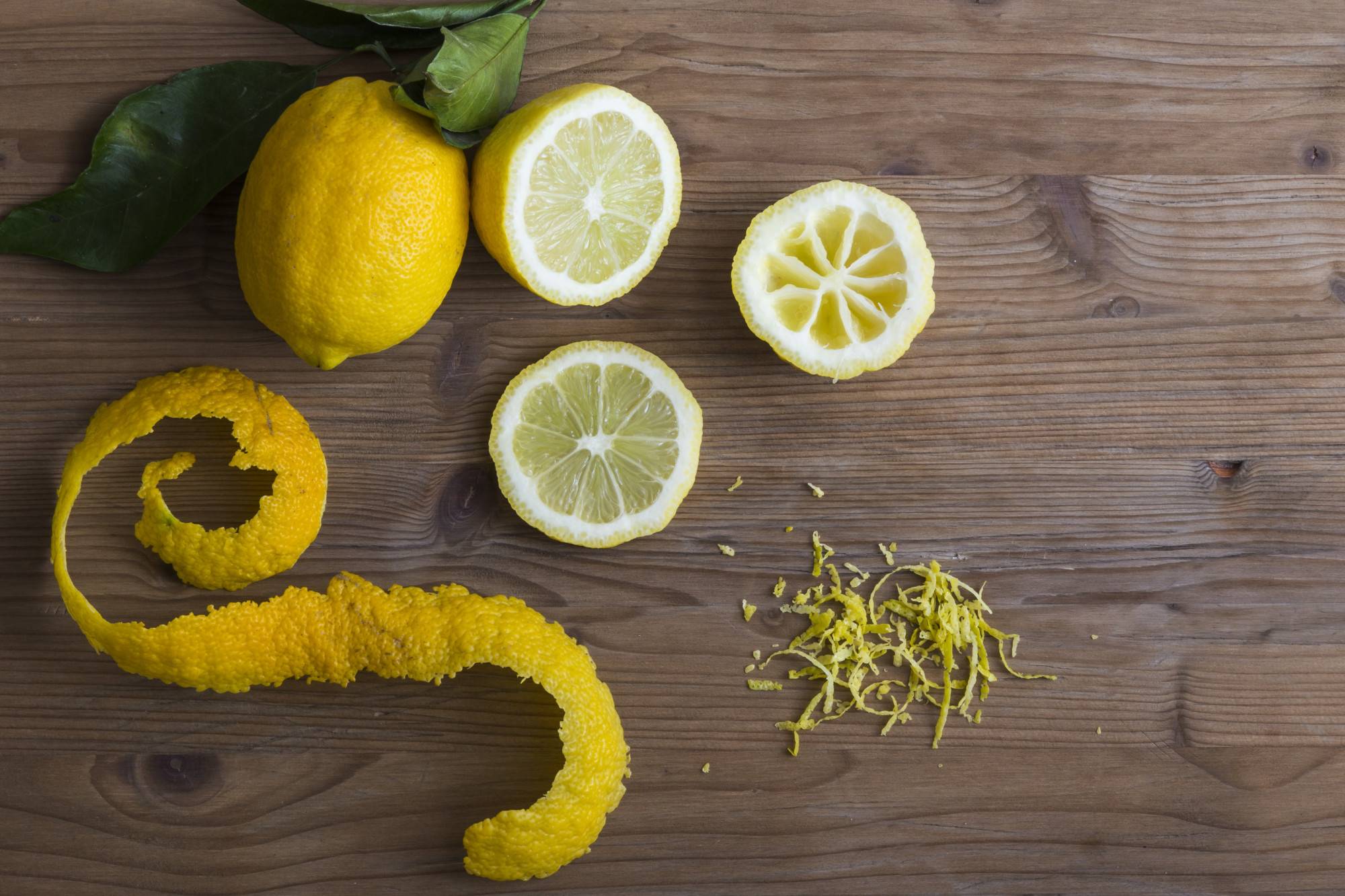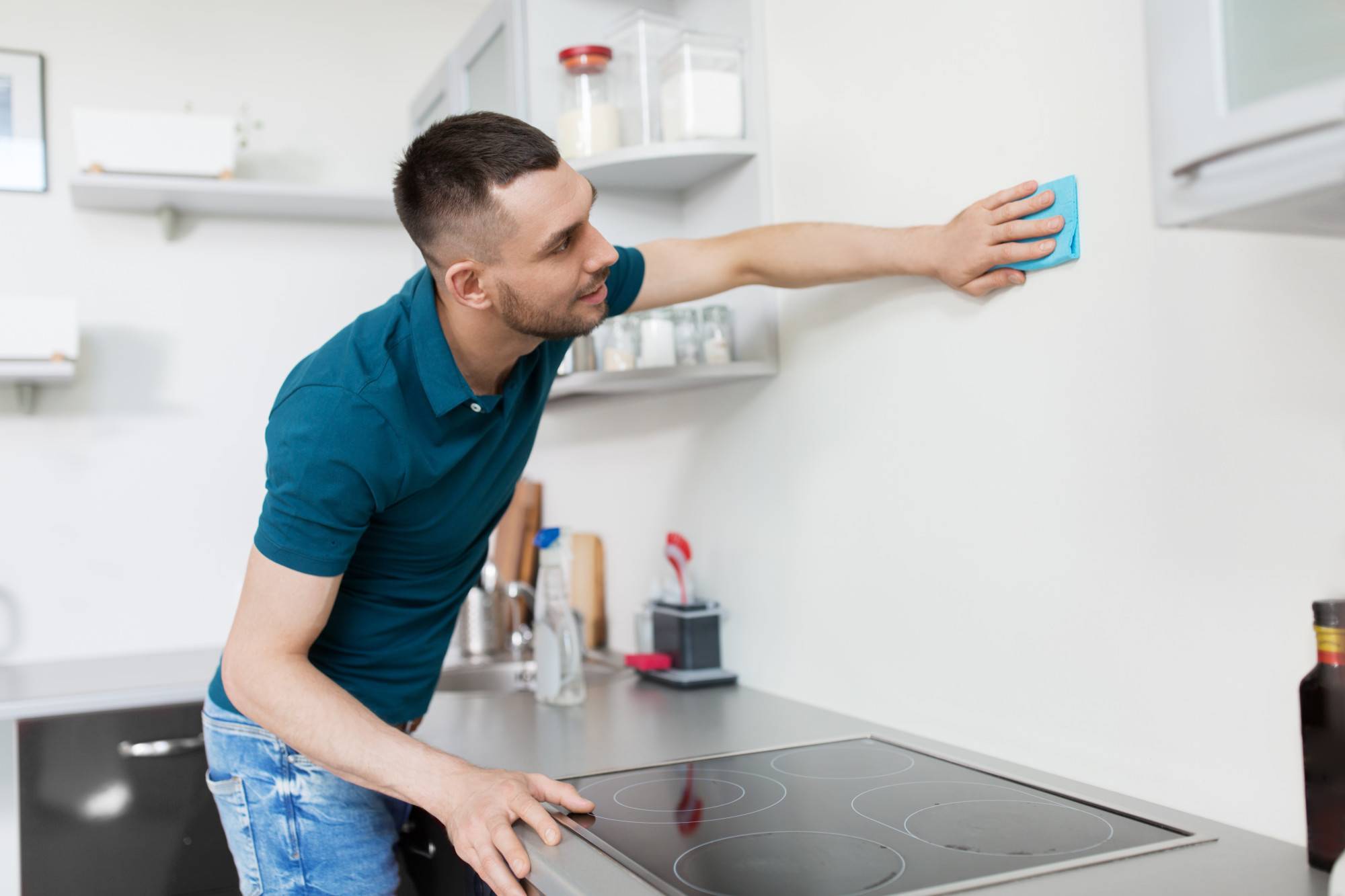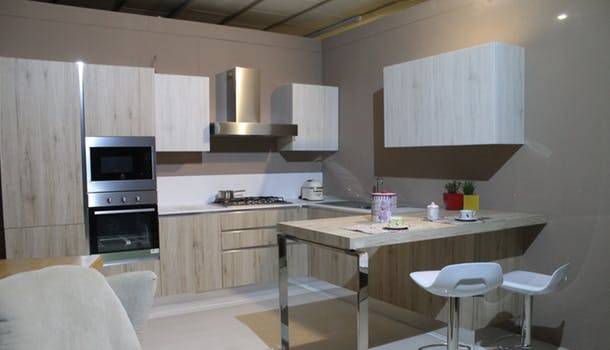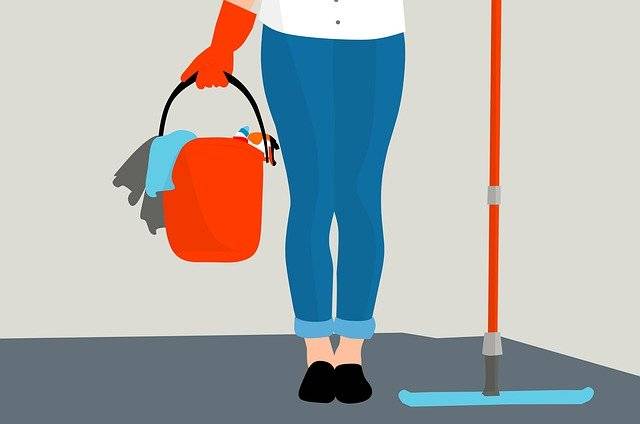Having a clean living room requires having the right tools and strategy. Here is everything to have for your living room cleaning checklist.
Which room of your home do you spend the most time in?
If you’re like 39% of Americans, your answer is the living room. It’s not surprising, then, that our living rooms are often the dirtiest and most cluttered rooms in the house.
We already spend 6 hours each week cleaning our homes, so we welcome any chance to make the task easier, right? In this post, we’ll help you simplify your living room cleaning routine with an easy-to-follow checklist.
Read on for your go-to guide for cleaning living rooms.
Cleaning Living Rooms: Gather Your Supplies
Nothing wastes time like stopping in the middle of a task to get more supplies, so make sure you have everything you need before you start cleaning.
Here’s what you’ll need to get your living room sparkling clean:
- Cleaning cloths (microfiber is best)
- Dust mop
- Sponges
- Small bucket (with a handle)
- Stepladder
- Vacuum cleaner
- Glass cleaner
- Furniture polish
To make it feel like less of a chore, listen to your favorite music, an audiobook, or a podcast. The time will also pass faster if you partner up with a family member or friend.
Living Room Cleaning in 5 Easy Steps
Now that you’ve got your supplies and something to listen to (or someone to talk to), it’s time to get cleaning. Do a quick decluttering if you need to, then follow these steps.
1. Start With Dusting
Work from top to bottom to eliminate all visible and hidden dust. Include the following areas in your dusting routine:
- Ceiling
- Ceiling fan
- Wall corners
- Framed art or wall photos
- Lamps and knickknacks
- Accent tables
- Entertainment center
- Electronics (TV, stereo speakers, etc.)
Before you open the drapes or blinds, make sure you’ve dusted or vacuumed them too. Otherwise, you’ll spread dust to all the places you just cleaned!
2. Focus on Your Windows
If you’re doing a deep-clean, take down your drapes or blinds and clean or wash them according to the manufacturer’s directions.
Wash your windows inside and out, then vacuum the corners and windowsills. If you have screens on your windows, take them out and rinse them before you replace them.
3. Clean Out Couches & Chairs
Next, remove all the pillows and cushions from your chairs and couches. Remove any visible or “lost” items and use a vacuum to clean up any crumbs or smaller debris.
If necessary, use upholstery spot cleaner on cushions, pillows, or rugs. Make sure you test any product first on a hidden area!
4. Empty the Shelves
Pull those books from the bookshelf and the give them (and the shelves) a good dusting. The same goes for the drawers and shelves in your entertainment unit.
Disinfect remote controls and other heavily used items. If you notice a lot of clutter piling up, it might be time to donate, sell, or trash things you don’t use anymore.
5. Clean the Floors & Rugs
Now that everything else is sparkling clean, your final step is to clean the living room flooring.
Use a vacuum, mop, or both, depending on the type of flooring you have. If your rugs are heavily soiled, it might be time to schedule a professional cleaning.
Enjoy Your Clean Living Room!
By using the tips outlined above, living room cleaning should become a lot easier to manage.
Of course, we don’t always have as much time as we’d like to keep our homes neat and tidy. That’s why many homeowners elect to bring in professionals for a deep cleaning or recurrent cleaning sessions.


